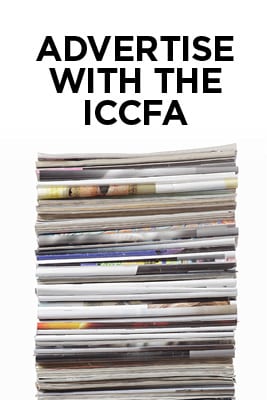Developed in 1998 by the Government and Legal Affairs Task Force of the International Cemetery and Funeral Association
Background
The specifics associated with cremation are issues of concern to the funeral service industry who performs this vital service and to the consuming public. Therefore, the consumer should have a clear understanding of what is entailed during the cremation process. The consumer should be assured that certain standards are upheld during all phases of the cremation process to preserve the dignity of the human remains and to ensure that the crematory is complying with applicable laws.
This guideline is confined to the handling of human remains in conjunction with the cremation process and does not cover various other considerations surrounding cremation, including the final disposition of the cremated remains.
Principles
- Upon taking custody of the human remains, the crematory authority should verify that the cremation container bears some means of identification of the deceased and is accompanied by the proper documentation.
- Cremation is an irreversible process and as such should not be performed until the proper documentation has been provided to the crematory authority. Accordingly, a cremation may be delayed for a reasonable period of time after death, in which case a holding facility should be utilized until such time as the cremation occurs.
- During the cremation process, crematory operators may have to open the cremation chamber and reposition the human remains in order to facilitate and complete a thorough cremation, which should not be construed as desecration or abuse of human remains.
- The crematory authority should not simultaneously cremate more than one human remains in the same cremation chamber unless it has written authorization to do so by the authorizing agent of each human remains to be cremated. The crematory authority should be held harmless for the intentional commingling of cremated remains resulting from these authorized multiple cremations.
- Even with the exercise of reasonable care and the crematory operator’s best efforts, it is not possible to recover all particles of the cremated remains from the cremation chamber. Therefore, some particles may remain in the cremation chamber as residue and become commingled with residue of other cremated remains remaining in the cremation chamber. Such residue may be disposed of by the crematory authority in any lawful manner it deems appropriate.
- The removal of dental gold before, during, or after the cremation process should not be permitted.
- In the event that the cremated remains are unclaimed for a stated period of time, the crematory authority should send a letter by registered mail to the authorizing agent. If the cremated remains are unclaimed for a specified period of time after such written notification is mailed, the crematory authority should dispose of unclaimed cremated remains in any proper manner, and be held harmless for this action.
- The crematory authority should be allowed to adopt reasonable rules and regulations for the management and operation of the crematory and the procedures for handling human remains, providing that such rules and regulations conform with relevant statutes.
- The cemetery authority, crematory authority, direct disposer, funeral establishment, or related businesses, should be held harmless in connection with the authorized cremation of the deceased, when relying upon the identification and disclosures provided by the authorizing agent and acting in good faith upon the instructions of the authorizing agent.
